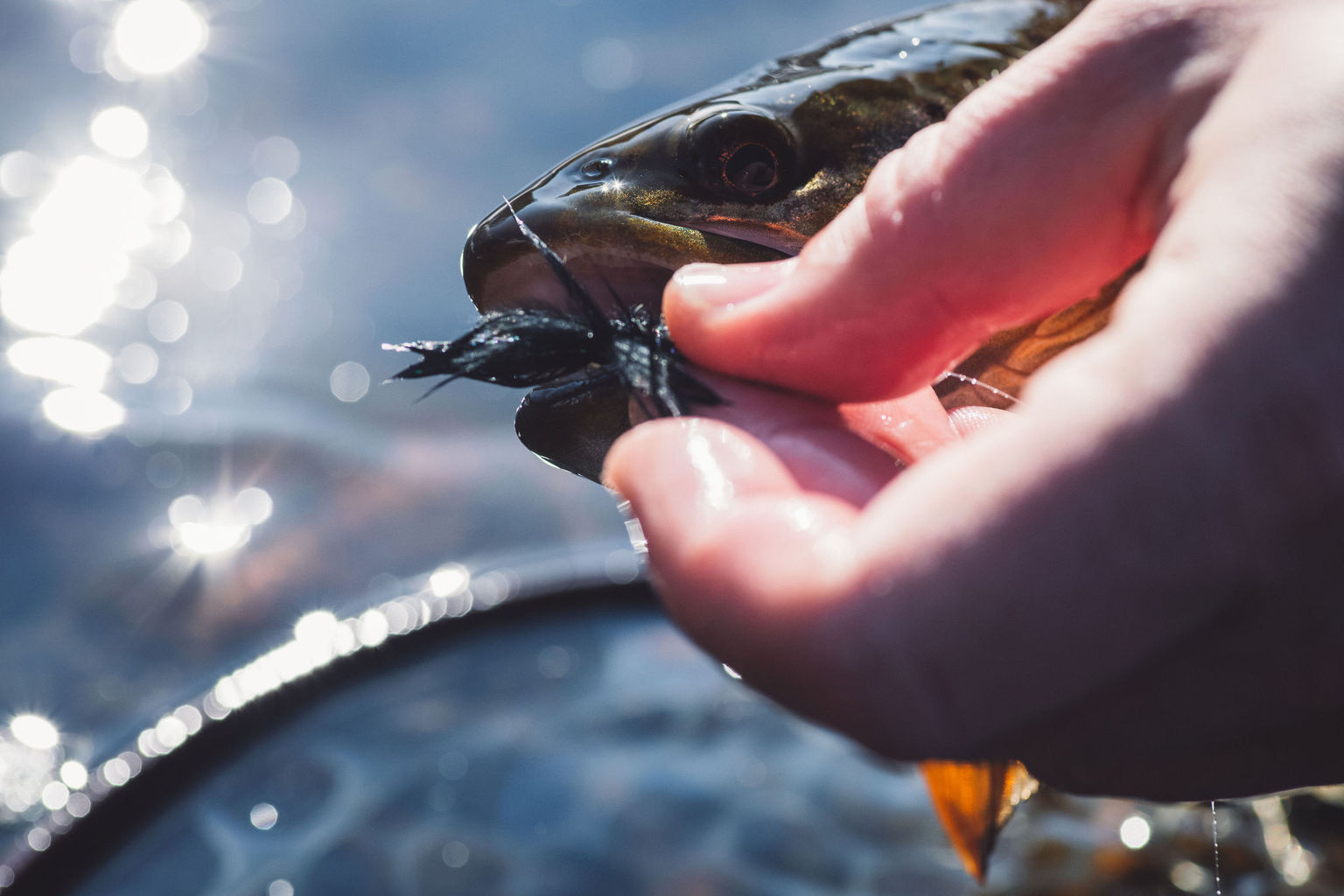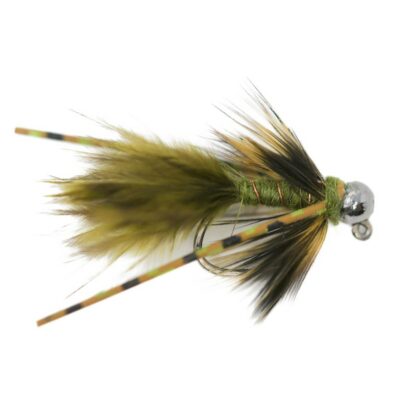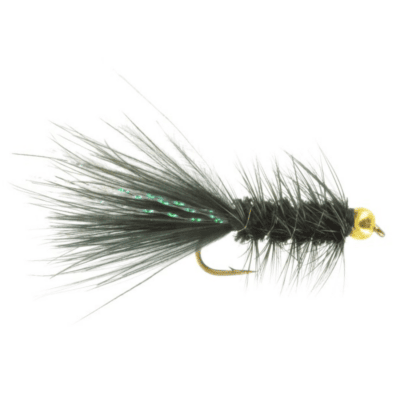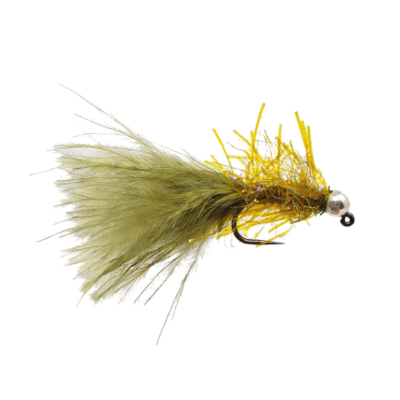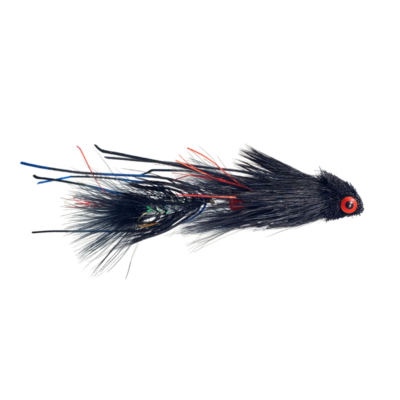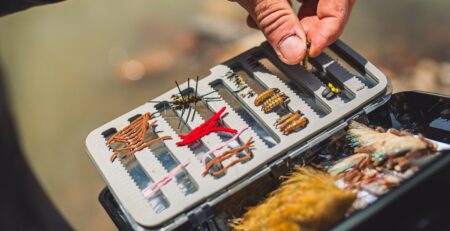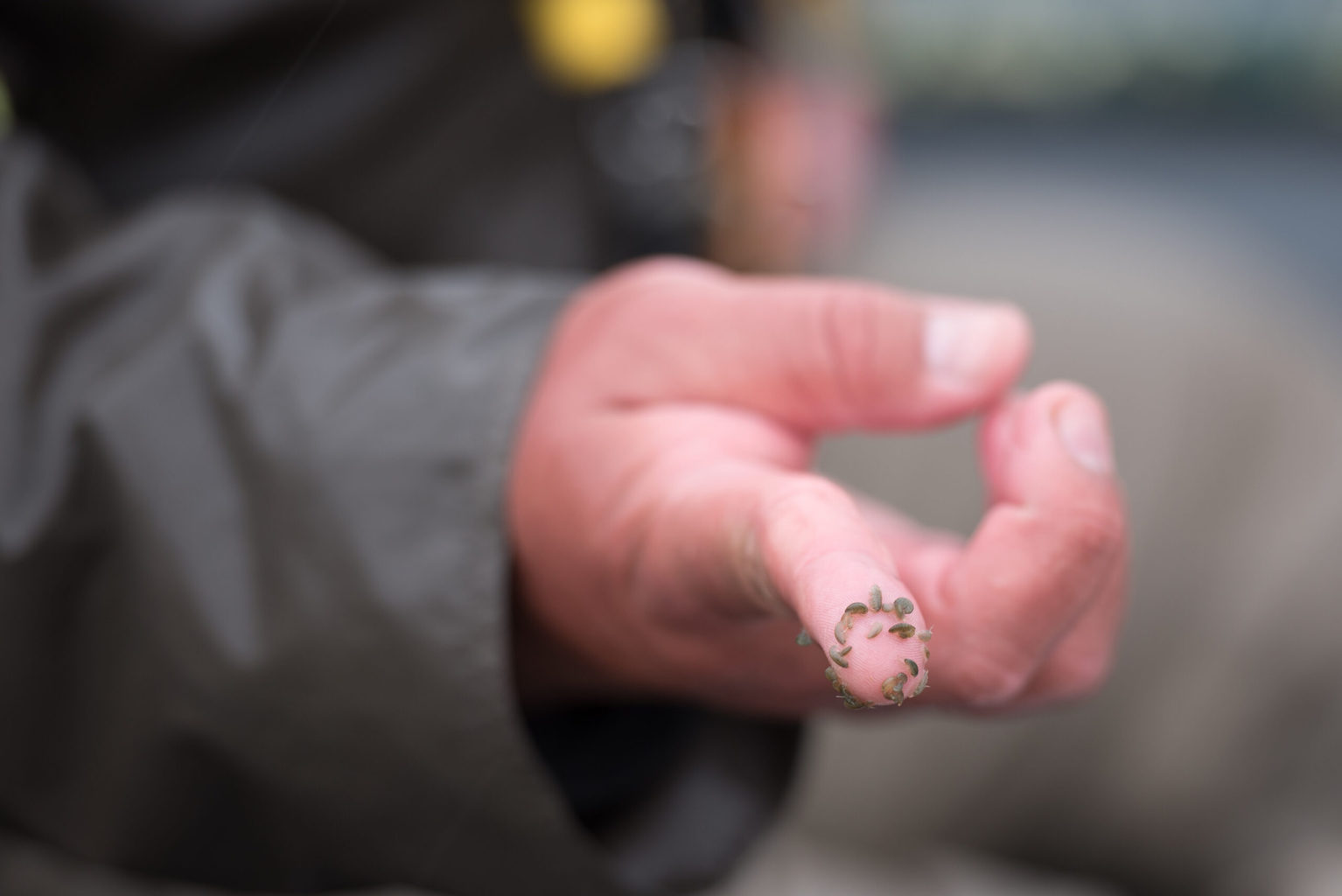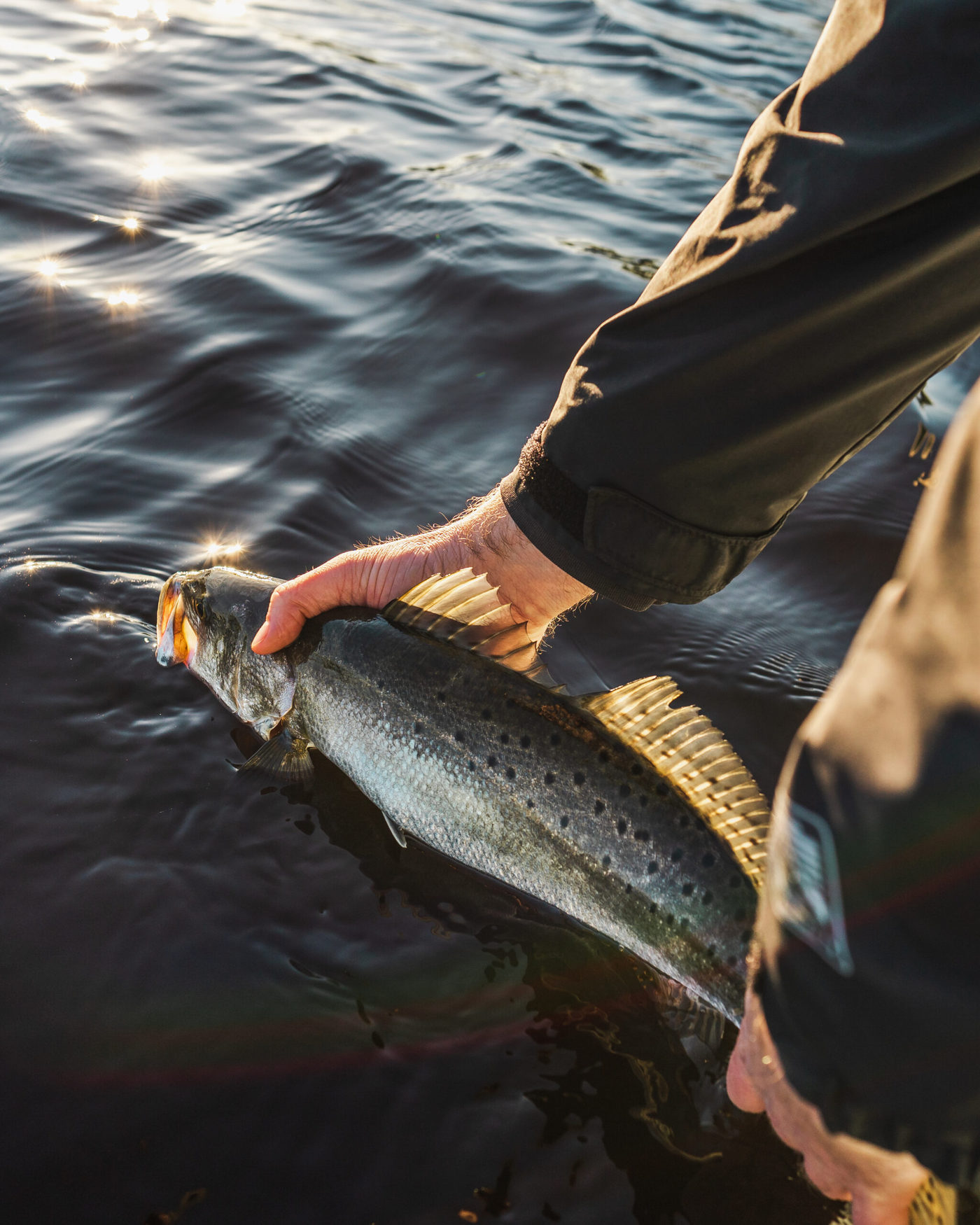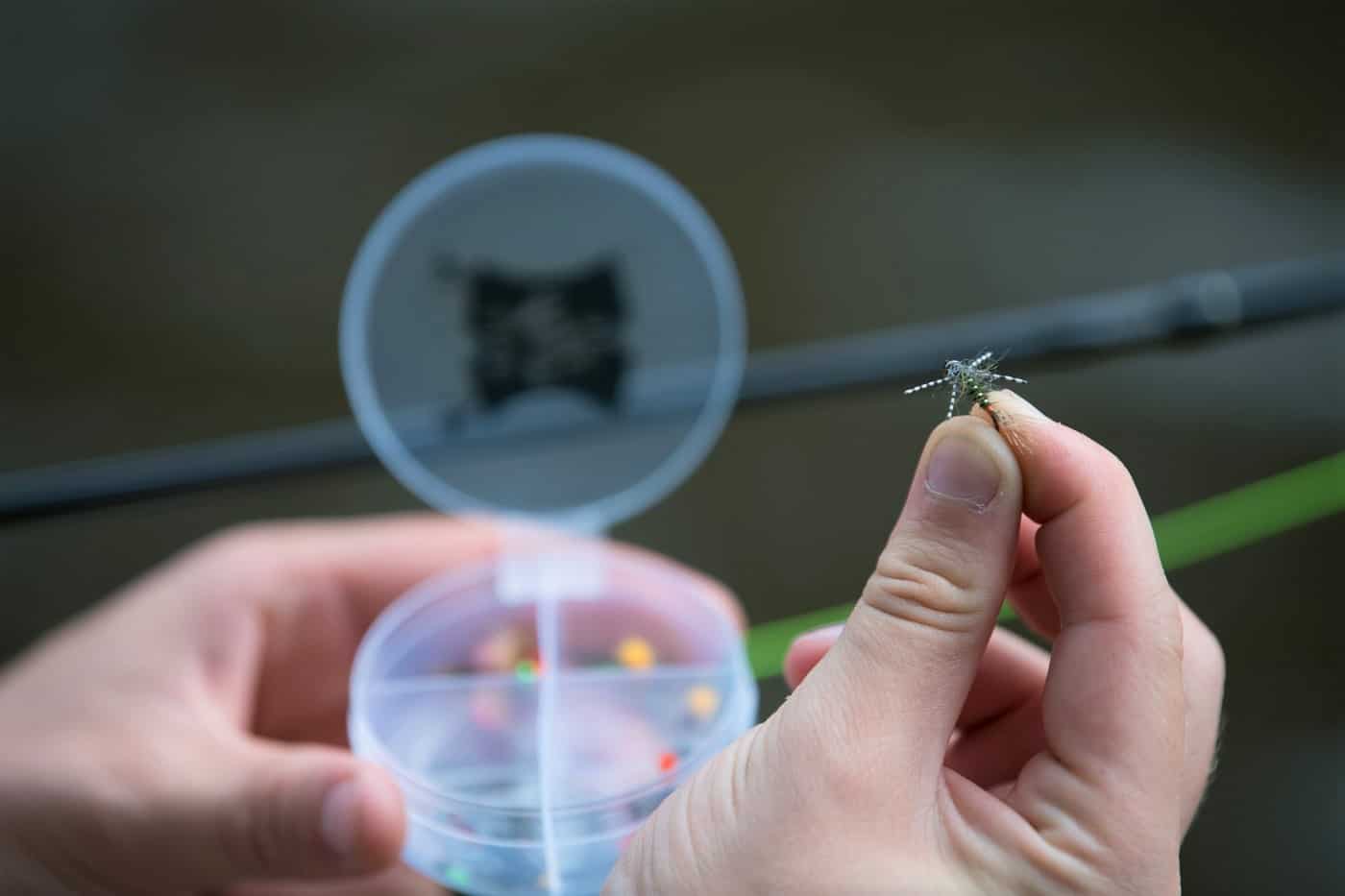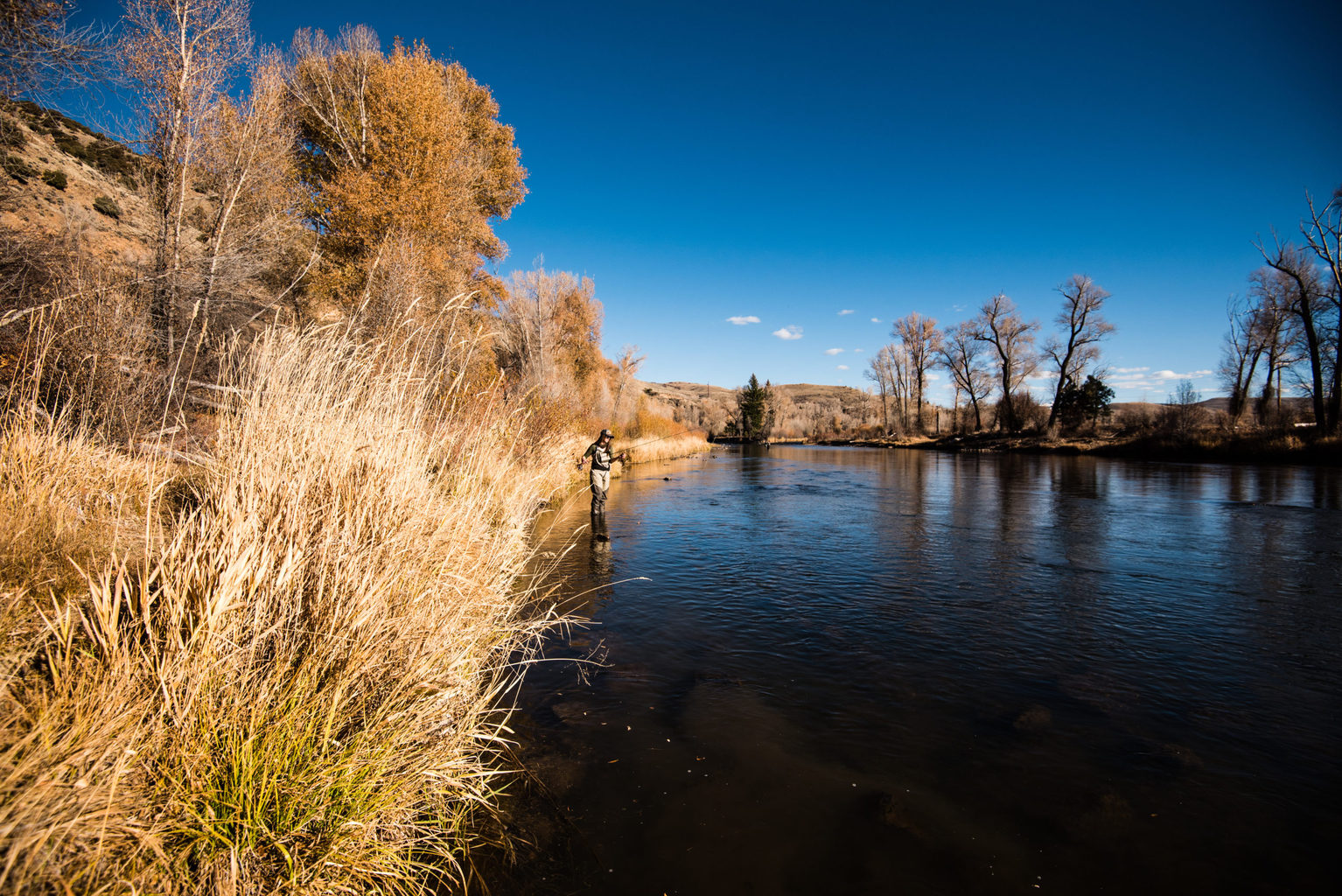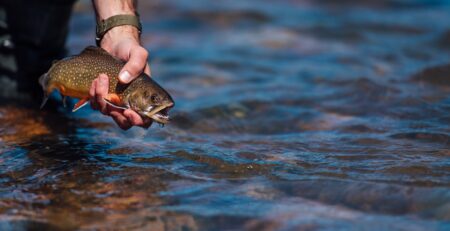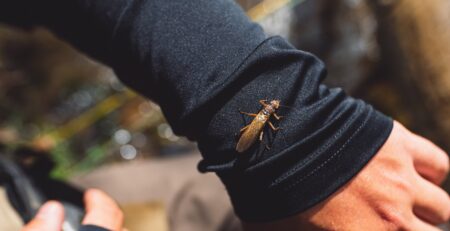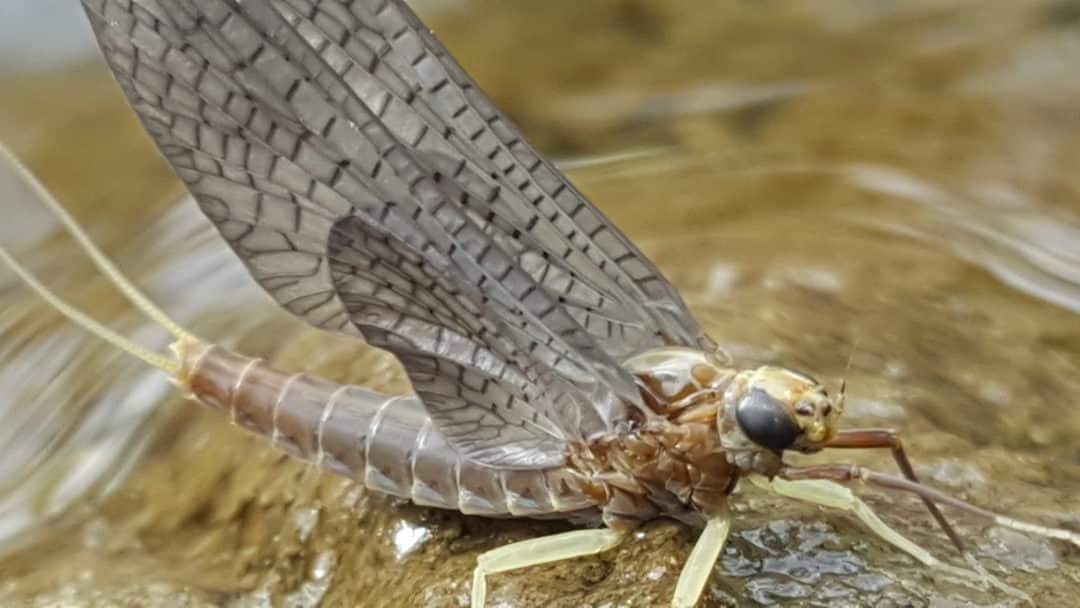Fly Fishing Streamer Basics For Beginners Just Starting Out
Fly fishing with streamers is all about mimicking the movement and behavior of prey such as baitfish, minnows, leeches, and crayfish naturally found in the water. By using a variety of proven techniques, your streamer fly will entice almost every fish to strike. But before we get into the How-To’s of streamer fishing, let’s cover the equipment.
Equipment
You can use almost any fly rod you have to fish streamers. However, your casting distance and accuracy will be greatly affected based on what fly rod you use. A lightweight rod, such as 1 weight to a 4 weight, will make casting heavy streamers like Articulated Streamers or Big Poppers extremely difficult. You will make due with small streamers like Bead Head Woolly Buggers and small poppers below a size #8 perfectly fine, though. A heavyweight rod, such as a 5 weight to an 8 weight, are better suited for heavy streamers and bigger species of fish. If you are like most fly anglers, a 5 or 6 weight fly rod is ideal for trout, bass, and medium-sized pike.
Use a fly line that matches your rod weight and any reel you choose. Realistically, you don’t need anything fancy if you’re just starting out. All a reel will do is hold the line and, occasionally, you will need to use the drag feature for fish on the run.
For leaders and tippet, use thicker lines within a 0x – 3x range. Anything thinner than a 4x will likely snap under the pressure of fish tackling your fly.

Technique
Fly fishing with streamers is easier than you think. The basic idea is to make your streamer fly appear to swim like the prey it is meant to look like by retrieving your fly line in one length at a time from your cast. We call this action, “stripping.” How you decide to strip your fly line in, a.k.a. retrieving, is completely up to you and how fish are reacting to what you’re doing.
Depending on the day, fish may prefer fast, short strips of only a couple of inches at a time versus slow, long strips coupled with long pauses. The trick is to vary your speed and retrieve until you dial in what the fish-like. If you see fish following your fly or feel strikes, keep going — obviously it’s working.
Now, how should I hold my fly rod? Basically, point it down at the water. However, don’t let your tip touch the surface. Only your fly line should be laid out on the water. Once you make your cast, point your rod tip down toward the surface and start stripping your fly line. If you do this enough, you’ll get the hang of it all. In a nutshell, that is how you fly fish with streamers.
But, what do I do when I feel a fish strike my fly? Once you feel the line tighten and slightly feel the weight of the fish on the end of your line you will need to set the hook. Don’t overreact and rip their mouth off by setting the hook hard, and don’t make the mistake of lifting your rod up to the sky to set the hook — which is what we call a “trout set.” This is a mistake because you’ll pull the fly right out of their mouth without hooking them. Anyways, keep calm and keep your rod low to the water. After you feel the strike, take the fly line in your hand and do a hard, long strip back past your waist. Hold the line there as the fly line will tighten and the hook set. Just be prepared, the fish will fight back.
Now that the hook is set, you can raise your fly rod up and fight the fish. Pay close attention to your line and reduce slack as this will give the fish wiggle room to twist off the hook.

